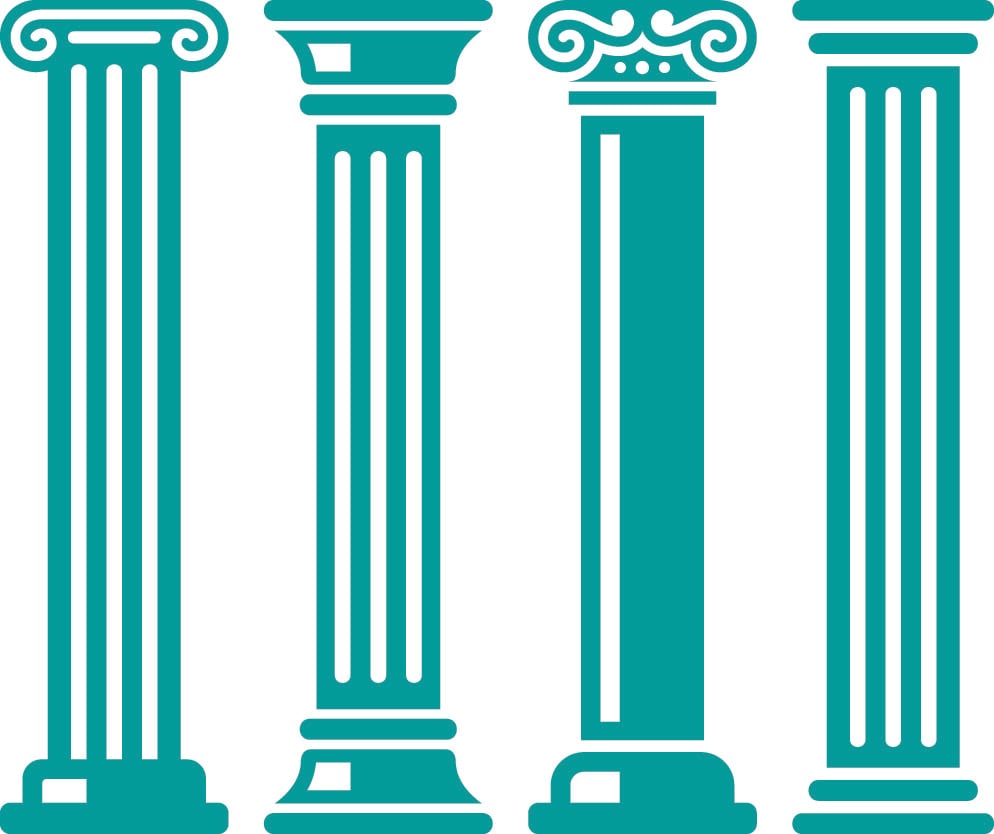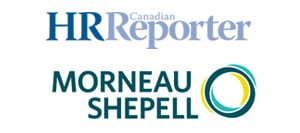How do you know if your employees are truly working at their full potential?

What percentage of your workforce has the capacity to consistently work at their full potential?
This is a much different question than asking how many of your employees are highly engaged. Short of guessing, many HR leaders don’t have access to the kind of data required to respond to this question.
To answer accurately, you need to measure two constructs that an organization’s productivity depends upon: employees’ capacity (resiliency level) and consistency (ability to repeat behaviours over and over).
Think about a cellphone, which can only work when it has a proper charge — no charge (capacity), no phone. Similarly, its consistency depends on a stable connection to its cellular network.
Employees are similar. Their resiliency level defines how much energy they have to push through daily demands and setbacks that affect their capacity to work to their full potential.
Their consistency with respect to productivity is impacted by how present they are with their assigned work.
There are three factors that impact how connected employees are to their assigned functions:
Attendance: A person must be at work to be able to perform to their full potential.
Discretionary effort: The degree to which an employee is willing to go above and beyond the minimal requirements for their job. When employees are not doing their best work, what are they doing? Or, more specifically, what percentage of their best work is reasonable to expect of the average employee each day? Anecdotally, leaders will say it’s not 100 per cent.
Presenteeism: Refers to employees who come to work feeling unwell. The root cause can be linked to chronic diseases — including mental illness or chronic pain, or perhaps a common cold — which prevent them from working at full potential.
Besides motivation and attitude, there are many reasons why employees don’t consistently perform to their full potential. As most HR professionals know, employee stress, mental health and productivity are directly related.
The Total Health Index
The Total Health Index (THI) is designed to help leaders gain insights that can accurately answer the lead-in question. At this point, there’s no single tool in Canada that is measuring or is designed to do what the THI does for employees and employers.
It’s not a health-risk assessment (HRA) or engagement tool — it provides elements of both. It can be used to support OHS initiatives as well as to implement psychological health and safety management system (PHSMS) programs, as defined by the National Standard of Canada for Psychological Health and Safety in the Workplace.
The THI facilitates two-way accountability between employer and employee. It promotes the HEP (health, engagement and productivity) model that suggests engagement and health together predict employee productivity.
Traditional engagement surveys present the notion that a highly engaged workforce will be productive. On the surface, this may be true; however, this insight fails to provide any indication of workforce sustainability — the percentage of highly engaged employees who are highly healthy, moderately healthy or at risk.
This data can detect what degree of their total health may show up as burnout risk. When ignored, highly engaged employees’ resiliency can slip, resulting in increased sick time, decreased discretionary effort, and increased presenteeism.
THI results provide specific insights into how organizations can better support employees to build more resiliency and stay more connected to their assigned work.
Think of THI like most modern-day personality assessments. Upon completion, the individual gets a personalized profile, with feedback and insights, in real time. Most of these assessment tools have been validated, and have defined norms and benchmarks to ensure they are statistically accurate.
The THI is a behavioural assessment that measures four pillars that collectively provide the individual with their total health index, which is a resiliency score. The higher the THI score, the higher the likelihood the employee is capable of consistently working at their full potential.
Each of the four pillars has sub-pillars that collectively measure and gain insights on the workforce resiliency level with respect to total health. Gaps in any one pillar can have a negative impact on employees’ health, engagement and productivity:
Physical health: Measures lifestyle choices, the current health profile with respect to chronic diseases, physical activity, biometric awareness, musculoskeletal risk profile, nutrition, hydration, sleep and sedentary risk.
Mental health: Measures behavioural risk profiles for depression, anxiety, general mental health, coping skills and exposure to traumatic events.
Work health: Measures the 13 psychosocial work factors highlighted in the “standard,” respectful workplace risk (exposure to bullying and harassment), perceived stress load, attendance, discretionary effort and preseenteeism risk profile.
Life health: Measures financial health, work-life blending (such as blending the demands of home and work), and relationship health and support at home and at work.
The THI uses a behavioural methodology called triple A (awareness, accountability and action). For real change to happen, both employer and employee need to become aware of what they can control.
Making changes requires taking accountability for what each can control, and then engaging in actions that can promote total health.
For tools like THI to have any true impact, it’s necessary to ensure all stakeholders are clear on the why, what and how. This is done through thoughtful communications, engaging the workforce to reinforce confidentiality on how data is used, its purpose (for example, to support total health strategy design) and benefits to both employee and employer.
It can’t be assumed that all employees are ready to take responsibility for their behaviour.
The THI measures how an organization’s current programs are impacting and predicting employee THI profiles, and uncovers any differences within populations (such as age, gender, location or division).
A guiding principle of THI is that employers can’t do all the work. They can provide support and programs that employees can voluntarily engage in to impact their total health — but employees must be willing to do some of the work themselves.
Now consider the lead-in question through the four pillars of total health. This information provides decision-makers with insights on where they are and what they can do to remove barriers and workplace hazards that are negatively impacting employees’ health, engagement and productivity. It also provides every employee with information they can use to make better decisions that will benefit them in and out of the workplace.
Bill Howatt, Ph.D. Ed.D., is the chief of research and development, workforce productivity, at Morneau Shepell in Toronto. For more information on the Total Health Index, visit www.morneaushepell.com.
12-PART SERIES
This is the second of a 12-part series on total health that will explore the links between employees’ health, engagement and productivity:
1. The total health framework
2. Four pillars of the Total Health Index
3. Canada’s Total Health Index
4. Resiliency
5. Alcohol
6. A respectful workplace
7. Manager effectiveness
8. Financial health
9. Going beyond traditional engagement
10. Productivity
11. Mental health
12. Physical activity, nutrition, sleep





